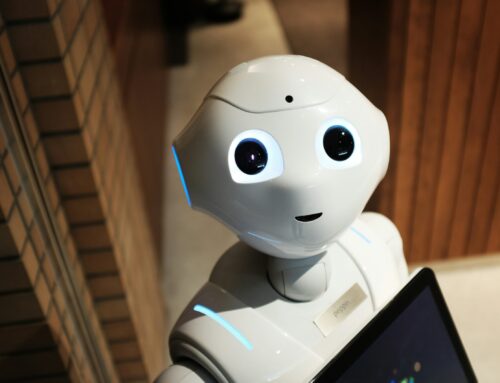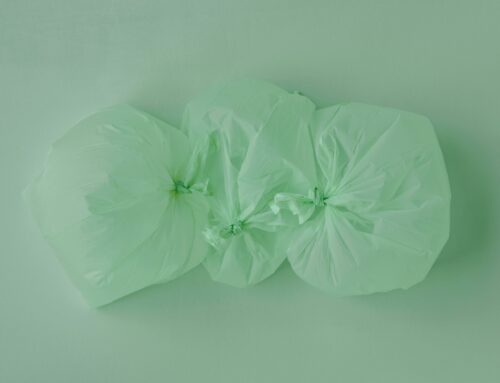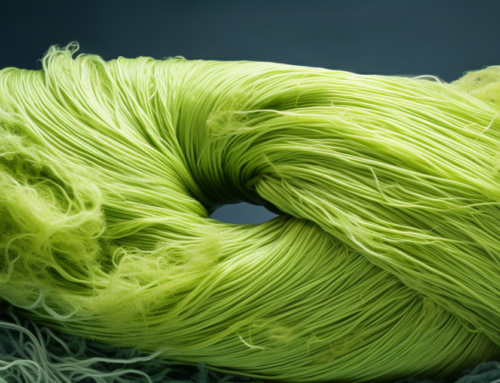Circular Design the power of creating resource loops
Strategies to break away from take, make, waste
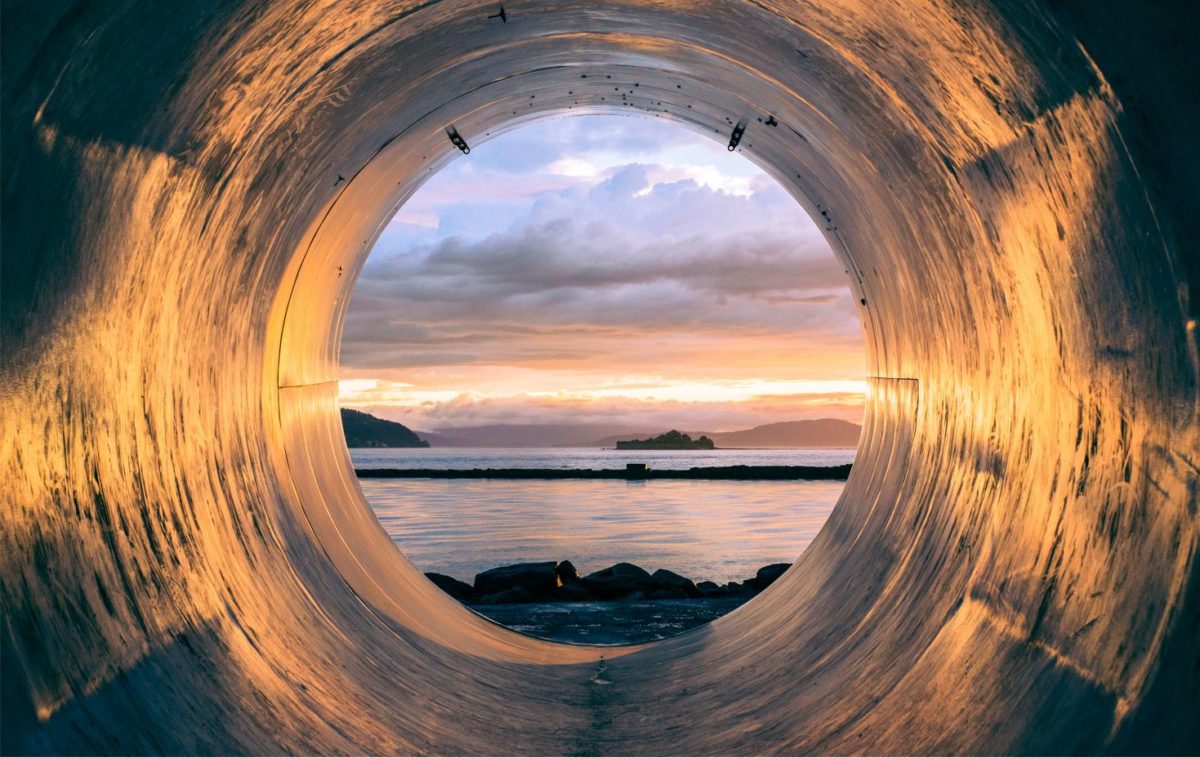
Circular design is an emerging field that is new, exciting, and on the verge of an innovation wave. Chris Grantham, the Circular Economy Portfolio Director at IDEO, explains that “almost everything needs to be redesigned in accordance with the principles of the circular economy”. Design has the power to transform products and provide important changes to the pathways in a product’s lifecycle.
Circular design encompasses many ideas and practices that all share the same intent:
…design principles that maximise resources and eliminate waste.
Circular design integrates sustainable material flows into products and services to design out unnecessary waste. Designers use their knowledge and expertise to analyse the transportation of raw materials, the composure of parts and components, and the processes involved in manufacture and disposal to minimise the environmental impact of products and services. The result is an efficient and sustainable system that enables future generations the quality of life that we enjoy.
Consider the current linear economic system. This system is based on the philosophy of Take, Make, and Waste. This involves products and services that are made by taking a raw material or resource like oil, making something useful from the material like plastic, and then putting it into the waste system when it is no longer wanted or useful. In this system, all products and services have a clear ‘end of life’ timeframe and are all destined to become long term planetary waste.
 The linear design system is based on a consumption model. It is fueled by continual growth, and it achieves this by a dependence on cheap resources and labour. The linear system has become the accepted mainstream design system. However, it can be criticised for its destructive elements at both a local and global level. An example of this is single-use packaging.
The linear design system is based on a consumption model. It is fueled by continual growth, and it achieves this by a dependence on cheap resources and labour. The linear system has become the accepted mainstream design system. However, it can be criticised for its destructive elements at both a local and global level. An example of this is single-use packaging.
The primary criticism of the linear model is that it is not sustainable. Our planet has finite resources, and there will come a day when each of these resources that are being consumed in linear material flows are exhausted. Some of the materials and resources we rely on are already at critically low levels, however, even plentiful resources are limited and finite in nature. In fact, in the year 2020 global raw material extraction was approaching 90 billion tonnes per year which equates to humanity needing 1.7 planet earths to sustain this rate of extraction.
The advantage of securing 1.6 Earth’s is not only in keeping up with our increasing need for resources but also in having space to absorb the waste that our consumption produces. Essentially, waste is a key problem. Our current level of waste is causing lasting damage to our communities, ecosystems, and natural environment. While some of the damage caused by waste seems irreversible, we may have a chance to create an alternative future and avoid a catastrophic tipping point through the introduction of design systems that keep materials in use for as long as possible and eliminate waste. This is a large and important change and it begins with designs’ alignment with circular economy principles.
“It’s time to rethink how we design, make, and use the things we need, from the food we eat to the clothes we wear.” — Ellen Macarthur Foundation
The first step of Circular Design is to move away from the traditional linear design flow and move toward a circular system. Circular design systems have the advantage that products are not moved toward an endpoint of disposal and waste. Instead, circular systems create deliberate paths for the materials and products that work together. These paths are called resource loops.
Circular product design looks at the whole lifecycle of a product; the materials, how it’s used, how it’s maintained and ultimately what happens after use. Through effective circular design, materials are placed into a system. These systems or loops offer a way to reduce and/or eliminate our ever-growing raw material consumption. They also provide an afterlife solution to ensure that the materials used don’t become waste.
There are many effective strategies to achieve material circularity in product design. The first step however is to understand the types of loops and determine the best approach for your product, service, or industry.
There are four key loops to consider.
- Slowed loops
- Narrow loops
- Open loops
- Closed loops
Slowed loops
Slowed loop strategies are used to extend the life of products or materials. They are very important because they allow you to retain the value of the product or materials. It may be applied to the resources used to create the material or the investment required to make the product.
Slowed loops are increasing in popularity because they are sensible changes. The technical term is Product Life Extension and the idea involves applying many strategies and systems to maximise the life of a product which slows the amount of time until it requires recycling or disposal.
One of the most popular slowed loop strategies is the repair and refurbishment movement along with the popular second-hand marketplace.
 These are the tools of our grandparents, the generation that experienced extreme material scarcity after the world wars. They lived in a time when materials were scarce, you bought good quality, looked after it, and repaired it when needed. This concept can be applied to products in a huge range of industries ranging from textiles as evidenced within the company Patagonia and their Wornwear series, to electronic goods and social movements like repair cafes.
These are the tools of our grandparents, the generation that experienced extreme material scarcity after the world wars. They lived in a time when materials were scarce, you bought good quality, looked after it, and repaired it when needed. This concept can be applied to products in a huge range of industries ranging from textiles as evidenced within the company Patagonia and their Wornwear series, to electronic goods and social movements like repair cafes.
Increasing quality and workmanship is also another effective strategy to slow material loops. Products designed in this way increase their value to the end-users, which in turn increases the value of the product. They also provide goodwill stories for businesses to use when marketing products, such as ‘the 10-year hoodie from Flint and Tinder. These hoodies are made to the highest standard which allows the company to offer a 10-year free repair service on the garments. In today’s cheap throwaway culture, the quality and the consumer trust associated with their story creates value.
Slowed loop design strategies share the goal to reduce resource consumption. In turn, this saves energy and reduces the associated emissions. As an example, you might consider a product that can last 20 years as opposed to one that lasts 5 years. Over the same 20 year period, the material and consumption required for the 20-year product will be theoretically one quarter of what is needed to create the four 5 year products.
Design is the starting point for such changes. Just as built-in obsolescence was designed into products, so can product life extension. Design has the power to directly influence the product’s lifespan.
There are many ways design can influence slowed loops. One strategy is product enhancement using Modular design. Modular design can play a key role in slowing loops as it allows products and components to be easily disassembled if a component fails. Traditionally, if one element of a product fails, we discard the whole product. With modular design, it enables the consumer or business to provide repair and refurbishment of the product. This example is best displayed through the Fair Phone and its ability to be upgraded and repaired as needed.
Refurbishment and remanufacture programs are a more structured example. They involve replacing the worn or broken components of a product. This can increase the product’s overall lifespan. Caterpillar is a great example of a company providing refurbishment and remanufacture through its Cat Reman program.
When companies innovate and provide take-back schemes, it allows the products to be designed in a way that optimises refurbishment and remanufacture. The knowledge that the product will be returning at the end of its life motivates the designer to provide features to enhance the products longevity. It also encourages the ease of repair, which in turn provide value to the company. Design for repair can be achieved in many ways, but one simple solution is through the availability of repair parts and manuals. Innovative solutions like the iFixit website are a community-based option that provides the technical information to increase product life.
Narrow loops
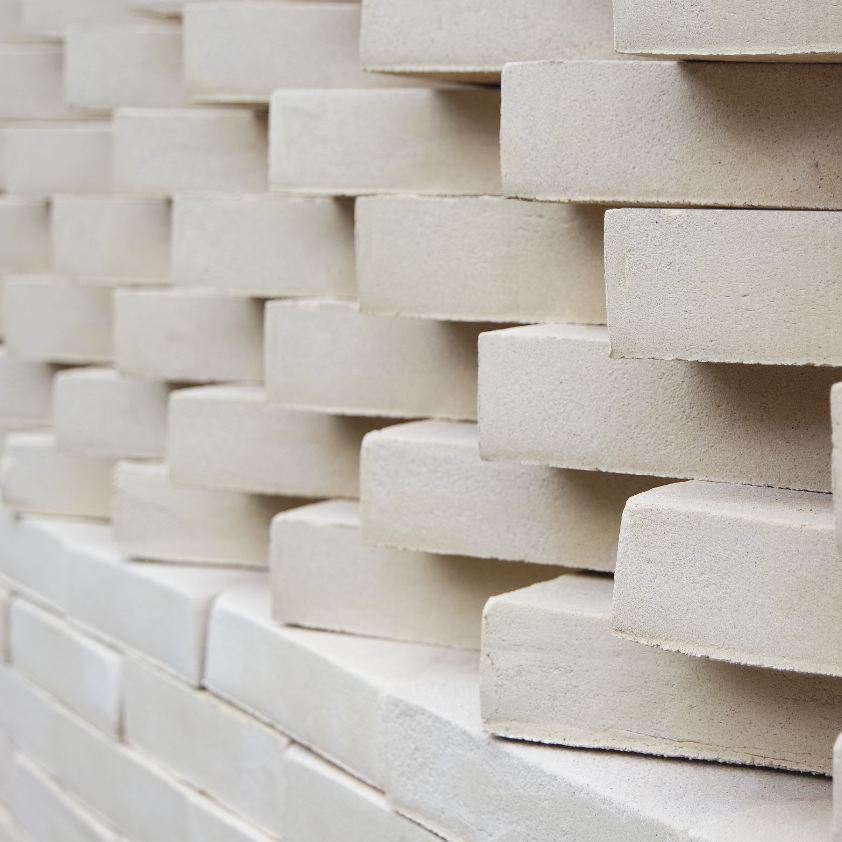
Narrow loops focus on reducing raw materials through a broad range of strategies. The concept of narrowing resource loops is to reduce the global demand for resource consumption. It can be achieved by designing products that use less material, by using materials derived from waste streams, by reducing energy expenditure, by eliminating the number of product components, or by reducing the transport involved in the products supply chain and distribution.
With the aim to design out waste, narrow loops that utilise materials derived from waste can be a solution. They reduce raw material consumption and also divert other waste from landfill to provide a secondary circular function. Some examples of materials derived from waste are Sugamats, made from waste wetsuits, Stonecycling’s Waste based bricks that are created from building waste and Econyl which is created from discarded fishing nets.
Narrow loops can also include efficient design and the optimal use of resources and materials. Regardless of how this is achieved, the impact of a narrowed loop should be highly related to the industry and the type and volume of materials used in the product.
Circular design strategies like narrowing resource loops often use new technology. For example, Netflix used digital services to revolutionise the home movie market. Through the use of technology, they eliminated the need for physical video and DVD rental and ownership.
Narrowing loops can reduce or repurpose manufacturing waste. Portland-based Looptworks, is a business that re-purposes and upcycles abandoned, pre-consumer and post-consumer materials into limited edition products.
Closed loops
The closed loop system is what circular design aspires to. Despite the practical challenges it may present, it should be the ultimate goal for all products. The closed loops concept is that all product materials are retained or recovered to be reused indefinitely. The materials sourced to make the product come from either a biological or technological source, for example, they can be recycled materials or renewable materials. For example, aluminium and stainless steel are recycled and recyclable materials. These are common materials that are infinitely recyclable with well-established recycling infrastructure in place in many countries around the world. Jute is an example of a renewable material. It is considered a future fibre by the Food and Agriculture Organization (FAO) of the United Nations. It is 100% biodegradable and one of the most affordable natural fibres as it doesn’t require fertilizers or pesticides to produce.

Through closed-loop design, products have the ability to retain the value of their materials. The design principles require many key circular strategies to establish efficiency. An example is Mono Material Design like the Mono jacket from Helly Hansen, which uses only one material to design a product, enabling ease of recycling.
Another design element to consider is design for disassembly. The Tarkett carpet tile was designed to enable afterlife disassembly of the product. This feature can be valuable when refurbishing or re-manufacturing but ideally when creating a closed-loop product that requires recycling.
Closed-loop products can also look very different when designed with biological materials. These are materials that can be broken down in nature or compost systems. The Bio-Design community is alight with material innovation including a range of biomaterials that can be organically disposed of. Loops of this type can play a key part in the larger ecosystem due to the ease of establishing local micro-scale compost systems. They can be set up easily in third world countries with insufficient infrastructure or alternatively at a household level. A great example is Patchstrips who have designed home compostable bandaids, and Pelacase who created a compostable phone case.
Open loops
Open loops are similar to closed loops. Whereas in closed loops products are typically remade into the same product, in open loops materials can be used in any new application. Their design often takes a systemic approach and is heavily inspired by natural systems. It is a realistic way to address material sustainability and uses design to influence a materials movement in and out of the system. Resource loops and supply chains are considered open when they allow material used in one product to be recycled and used again in other parts of the broader system.
The key principle behind open loops is to keep material in the system and directing it to where it is most needed. Materials like Repreve are an example of an open-loop whereby plastic bottles are remade into textiles. Or Smile plastics which take used yoghurt containers and remake them into decorative Recycled HIPS sheets.
The power of circular design
The power of Circular design is that it adds value to products. All products have a purpose, but now they become part of a bigger plan. They are now part of a solution away from landfills and this in return provides many benefits to businesses, the community and ultimately our environment. Through the power of design, we can achieve a win for both business, economics and our natural environment.
Two of the greatest challenges facing humanity are the ever-increasing need for raw material extraction and our growing waste catastrophe. The vision for circular design is to solve these problems. Everything we own and use needs to be redesigned, we are on the cusp of an innovation wave as Circular design strategies now enable us to eliminate waste, reduce consumption, lower emissions and provide a pathway for sustainable living.
The core principles of circular design are to keep material in use for as long as possible and design out waste. We can do this through the creation of material loops and the strategies they envelop.
By Liam Gibson, Principal Designer, Circular Design Co.


